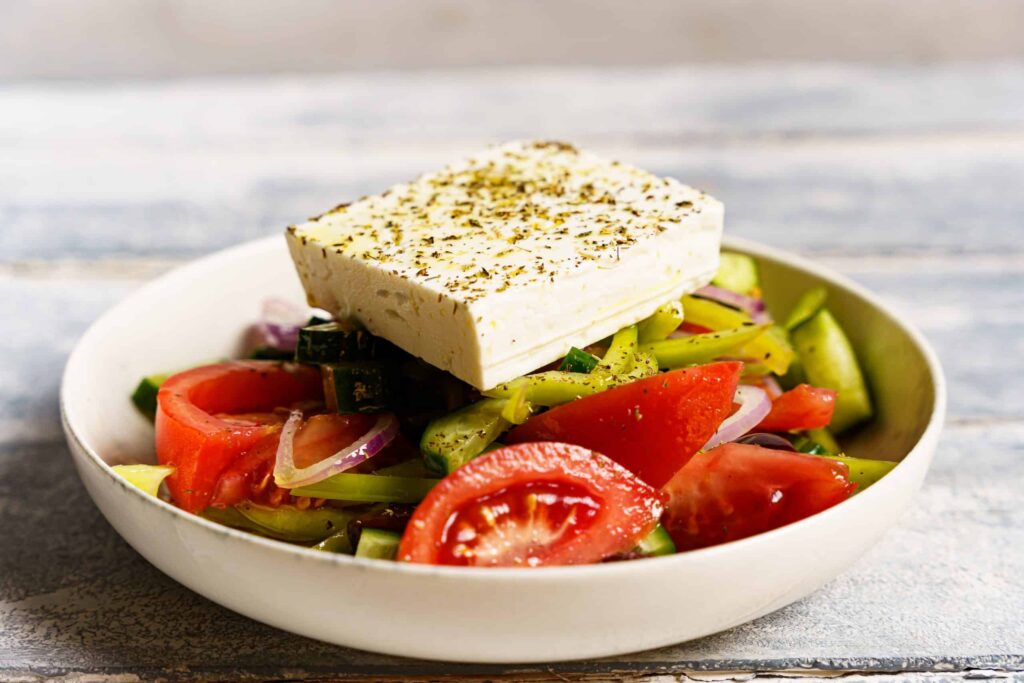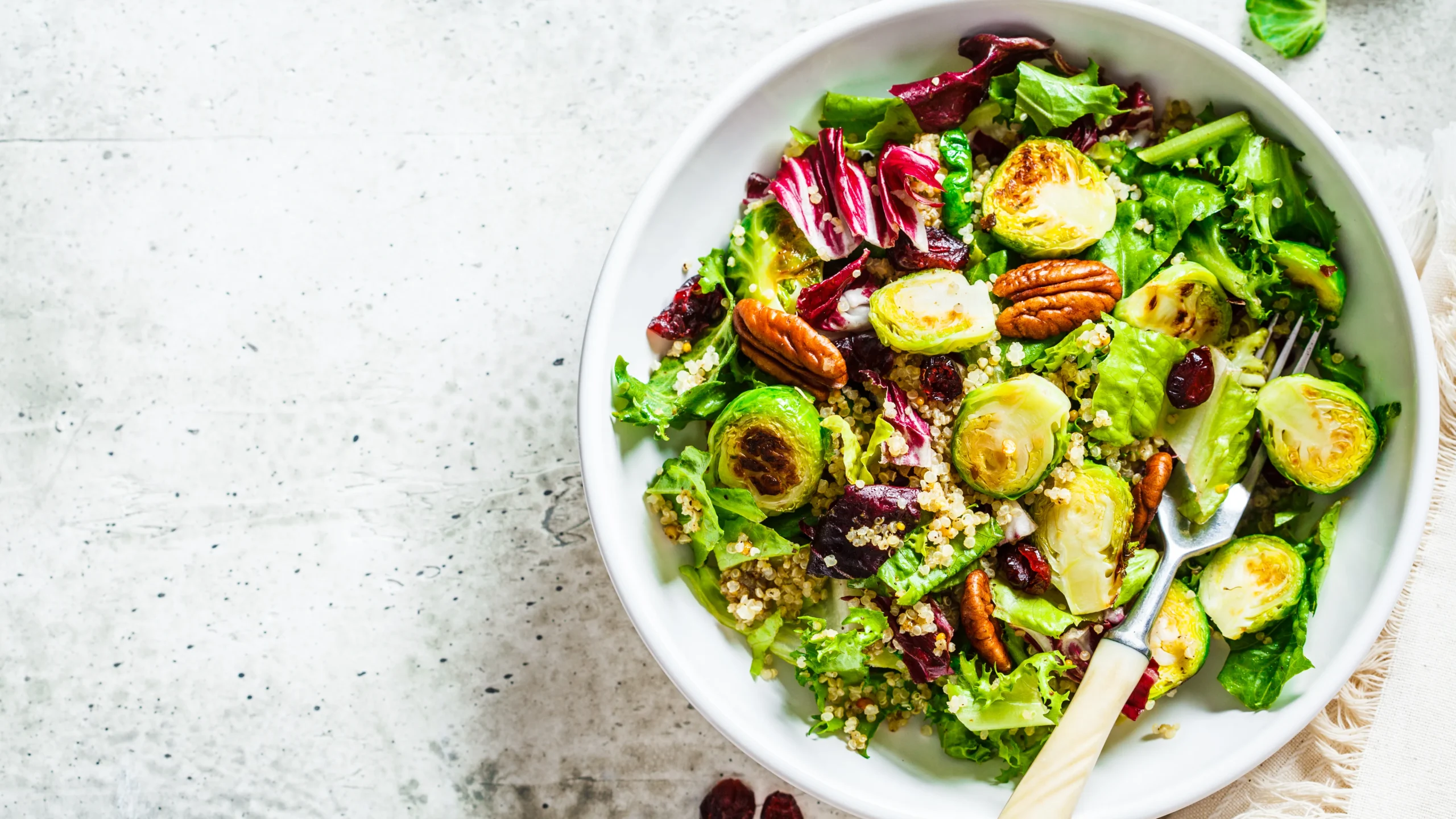The classic Greek salad is a staple of Mediterranean cuisine, and for good reason.
This simple yet flavorful dish has been delighting palates for centuries, and its enduring popularity is a testament to its timeless appeal.
In this article, we’ll delve into the world of Greek cuisine and explore the secrets behind the perfect Greek salad, featuring the iconic combination of feta and olive.

A Brief History of the Greek Salad
The Greek salad has its roots in ancient Greece, where salads were a staple of everyday meals.
The modern version of the salad, however, is believed to have originated in the late 19th century, when Greek immigrants brought their culinary traditions to the United States.
Over time, the salad evolved to incorporate local ingredients and flavors, resulting in the iconic combination of feta cheese, olives, tomatoes, and cucumbers that we know today.
The Star of the Show: Feta Cheese
Feta cheese is the crown jewel of the classic Greek salad.
Made from sheep’s milk or a combination of sheep’s and goat’s milk, feta has a distinctive tangy flavor that adds depth and complexity to the dish.
There are many different types of feta available, but for this salad, we recommend using a high-quality, crumbly feta cheese with a mild flavor.
The Supporting Cast: Olives
While feta cheese is the star of the show, olives are a close second.
Kalamata olives, with their rich, fruity flavor and smooth texture, are a classic choice for this salad.
Other varieties, such as green or black olives, can also be used to add variety to the dish.
The Secret to Success: Freshness
The key to creating a truly exceptional Greek salad is to use only the freshest ingredients.
This means choosing ripe, flavorful tomatoes and cucumbers, and using crisp lettuce leaves that add texture and crunch to the dish.
Don’t be afraid to get creative and add your own favorite ingredients to make the salad truly your own.

The Perfect Balance: A Guide to Proportion
While freshness is essential, it’s also important to strike the perfect balance between the different ingredients.
Aim for a ratio of 2 parts vegetables to 1 part cheese and olives. This will ensure that each bite is packed with flavor and texture.
The Art of Assembly: Tips for Building the Perfect Salad
Now that you’ve got your ingredients and your proportions sorted, it’s time to build the perfect salad.
Start by placing a bed of crisp lettuce leaves on a large plate or platter. Next, add sliced tomatoes and cucumbers on top of the lettuce.
Finally, crumble your feta cheese over the top of the salad and sprinkle with olives.
The Finishing Touches: A Guide to Garnishing
The final touch is all about garnishing. A simple sprinkle of chopped fresh parsley or dill adds a pop of color and freshness to the dish.
You can also add a squeeze of lemon juice or a drizzle of olive oil for added flavor.
Variations on a Theme: Ways to Shake Up Your Classic Greek Salad
While traditional Greek salad is delicious just as it is, there are many ways to shake up the recipe and make it your own.
Try adding some chopped red onion for added crunch and flavor, or substitute some crumbled goat cheese for a creamier texture.
You can also add some sliced bell peppers or zucchini for added nutrition and color.
Conclusion: The Timeless Appeal of the Classic Greek Salad
In conclusion, there’s no denying the timeless appeal of the classic Greek salad.
With its simple yet flavorful combination of ingredients and easy-to-follow instructions, this salad is perfect for anyone looking to add some Mediterranean flair to their meal routine.
Whether you’re a seasoned chef or just starting out in the kitchen, this salad is sure to become a new favorite.

FAQs
Q: What’s the best type of feta cheese to use in a Greek salad?
A: For this salad, we recommend using a high-quality, crumbly feta cheese with a mild flavor.
Q: Can I substitute other types of cheese for feta?
A: While other types of cheese can be used as substitutes, feta is an essential part of traditional Greek salad.
Q: What are some good alternatives to kalamata olives?
A: Green or black olives can also be used as substitutes for kalamata olives.
Q: Can I make this salad ahead of time?
A: Yes! The salad can be assembled up to 30 minutes before serving. Just be sure to keep it refrigerated until serving.
Q: How do I store leftover Greek salad?
A: Leftover Greek salad should be stored in an airtight container in the refrigerator for up to 3 days.
